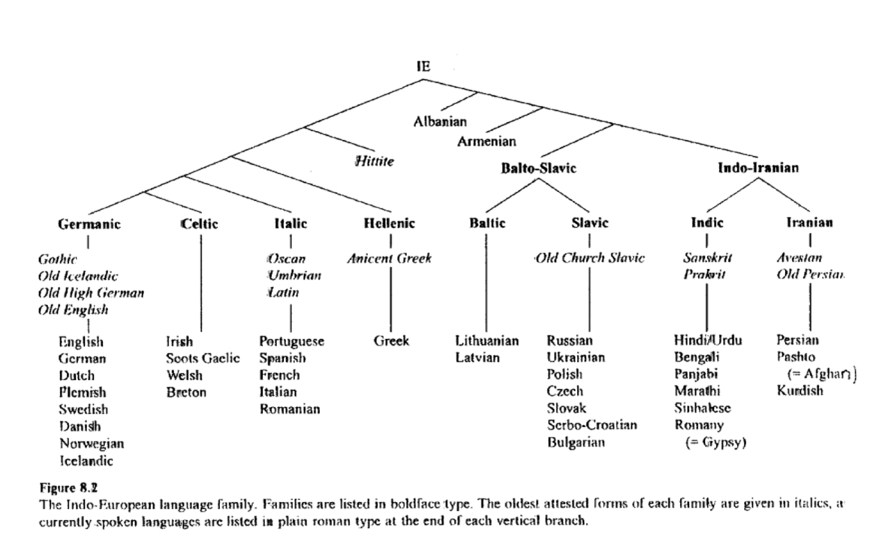 Bean
Bean is a common name for large plant
seeds of several
genera of the
family Fabaceae (alternately
Leguminosae) which are used for human or animal food.
The term
bean originally referred to the seed of the
broad or fava bean,
[citation needed] but was later expanded to include members of the New World genus
Phaseolus, such as the
common bean and the
runner bean, and the related genus
Vigna. The term is now applied generally to many other related plants such as Old World
soybeans,
peas,
chickpeas (garbanzo beans),
vetches, and
lupins.
[citation needed]
Bean is sometimes used as a synonym of
pulse,
[citation needed] an edible
legume, though the term
pulses is more correctly reserved for leguminous crops harvested for their dry grain. The term
bean usually excludes crops used mainly for
oil extraction (such as soy-beans and pea-nuts), as well as those used exclusively for
sowing purposes (such as
clover and
alfalfa). Leguminous crops harvested green for food, such as
snap peas,
snow peas, and so on, are not considered beans, and are classified as vegetable crops. According to the United Nations
Food and Agriculture Organization the term
bean should include only species of
Phaseolus; however, a strict consensus definition has proven difficult because in the past, several species such as
Vigna angularis (azuki bean),
mungo (
black gram),
radiata (
green gram),
aconitifolia (moth bean)) were classified as
Phaseolus and later reclassified. The use of the term
bean to refer to species other than
Phaseolus thus remains. In some countries, the term
bean can mean a host of different species.
In English usage, the word
bean is also sometimes used to
refer to the seeds or pods of plants that are not in the family
leguminosae, but which bear a superficial resemblance to true beans—for
example
coffee beans,
castor beans and
cocoa beans (which resemble bean seeds), and
vanilla beans, which superficially resemble bean pods.
Unlike the closely related pea, beans are a summer crop that need
warm temperatures to grow. Maturity is typically 55–60 days from
planting to harvest. As the bean pods mature, they turn yellow and dry
up, and the beans inside change from green to their
mature colour.
As a vine, bean plants need external support, which may be provided in
the form of special "bean cages" or poles. Native Americans customarily
grew them along with corn and squash (the so-called
Three Sisters), with the tall
cornstalks acting as support for the beans.
In more recent times, the so-called "bush bean" has been developed
which does not require support and has all its pods develop
simultaneously (as opposed to pole beans which develop gradually). This
makes the bush bean more practical for commercial production.
https://en.wikipedia.org/wiki/Bean
http://www.foodsubs.com/Beans.html





















